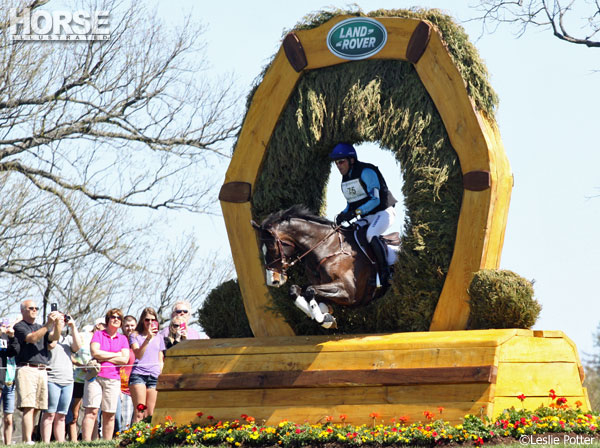
The lure of Ireland and its horses draws visitors from around the globe every year for pony trekking, fox hunting, cross-country schooling, and gallops along the sandy beaches. It also attracts breeders, horse enthusiasts and world-class competitors looking for the combination of toughness and athleticism for which Ireland’s horses have become famous.
The Irish Draught
The Irish Draught is a sturdy breed that developed from native bog ponies and Irish Hobbies (an extinct breed used as war mounts), which were later crossed with the larger Spanish horses brought over by the Normans in the late 12th century.
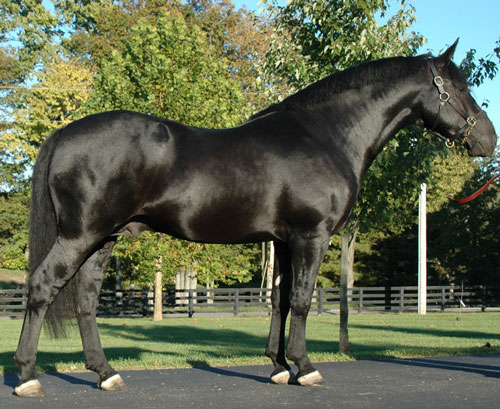
The abbreviation “ID” denotes a purebred Irish Draught horse, while “RID” refers to the registered horses that have been inspected and approved.
The purebred RID is a sturdy, big-boned horse and should have a commanding presence. Although people often think of enormous Clydesdales when they hear the term “draft,” there are not many similarities between the horses pulling the Budweiser wagon and the smaller and more refined—though strong-boned—Irish Draught. This horse is the original multi-tasker: he could plow the fields during the week, go out hunting on Saturday, then pull the family’s wagon to church on Sunday.
The Food and Agriculture Organization (FAO) of the United Nations currently considers the Irish Draught horse an endangered breed as a result of its declining population size. Conservation measures include improving its genetic diversity.
What is an Irish Sport Horse?
When it comes to Irish Sport Horses, there are a few distinctions. Recognized in the U.S. as the “Irish Draught Sport Horse” to indicate its lineage, this is a cross between the Irish Draught and a Thoroughbred. Traditionally, the mare is an Irish Draught and the stallion is a Thoroughbred; “substance on the bottom and quality on top” is the accepted guideline, meaning the mares are considered important for adding substance to the resulting foal.
These horses have the strength of the Irish Draught and the athleticism of the Thoroughbred, making them tough, sound athletes with good temperaments.
The Irish Draught Horse Society of North America (IDHSNA) requires that an Irish Draught Sport Horse has at least ? Irish Draught in its pedigree.
In America, inspections are held annually for mares age 2 and up and colts age 3 and up. Paperwork goes out to members with registered foals as they come of age.
“Inspecting is a way to keep the breed true to type with the traditional qualities: athleticism, soundness, durability, and sensibility are the main qualities we look for in the Irish Draught, the foundation horse, which when crossed with a Thoroughbred or warmblood creates the sport horse,” says Ann Morss, Northeast regional chair of the IDHSNA. “When you cross again with a Thoroughbred or warmblood, you get the ¾-bred, which is basically the ideal sport horse. The ? RID still imparts the qualities mentioned above, but with more speed to run and jump all day.”
In Ireland, it’s not a requirement to have Irish Draught in the pedigree of an Irish Sport Horse. The national governing body of competition, Horse Sport Ireland, maintains the stud book for all Irish horses, holds inspections, and approves various warmbloods, Thoroughbreds and more. As long as a horse is born in Ireland from a Horse Sport Ireland-approved sire and dam, it can be called an Irish Sport Horse. This is partly due to a shortage of purebred Irish Draught mares.
“When tractors were first introduced, a lot of the good mares were shipped off to the slaughterhouses,” says Rachael Cox, communications director of the IDHSNA. “Then I suppose common sense prevailed, as without these wonderful, traditional, true-to-type mares, the half-bred hunt horse—which was famous for crossing any country safely—would be lost.”
Historically, part of this shortage is also due to a great number of sturdy and reliable Irish horses that were shipped off to fight in the King’s Infantry during the World Wars, which also explains the dominance of the color gray in the Irish horses of today.
Because dark horses were easier to keep clean, the military wanted only the dark-colored horses, which kept maintenance to a minimum.
Type and Conformation
The Irish Draught Sport Horse
“Irish Draught Sport Horses excel in eventing, hunters, show jumping, fox hunting and dressage—they’ll do everything,” says Morss. “They’re known for having a good temperament and they’re very smart. They’re very surefooted and really show you what horses can do when you let them.”
Some better-known Irish Sport Horses include the show jumper Cruising; 2000 individual Olympic gold medal-winning eventer Custom Made, ridden by David O’Connor; 2008 individual Olympic silver medal-winning eventer McKinlaigh, ridden by Gina Miles; and 2008 Rolex Kentucky Three-Day Event winner Connaught, ridden by Phillip Dutton.
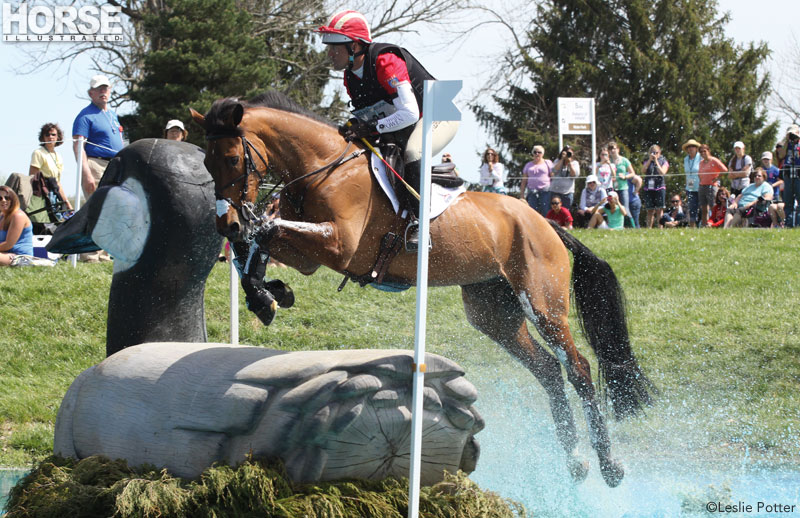
The Irish Draught Horse
Lighter than its name implies, the Irish Draught Horse is smooth in its movement without an exaggerated gait. It has sound conformation, good stamina and quality jumping skills. The breed is also known for its calm temperament, willingness, intelligence and common sense.
The IDHSNA recommends at least 9 inches of bone, measured as the circumference of the cannon bone below the knee. Horses range from around 15.1 to 16.3 hands, and are strong but not coarsely built. Their movement is forward and free, not ponderous.
Cox has always been involved in Irish horses. Her favorite trait of the Irish horses is that they are honest as well as athletic.
“To the untrained eye, Irish Draught Horses don’t look like they’d be that comfortable, but they are very smooth,” she says. “There have been two schools of thought over the past 20 years or so; one wants a fairly heavy horse, while the general consensus is that a finer horse is better for riding, so we’ve lost some of the heavier-boned horses.”
As a breeder, Cox is worried about losing the strength of the Irish Draught in modern Irish Sport Horses. “The Irish Draught is an endangered breed now, and the gene pool is getting smaller,” she says. “Some of them are lighter-boned horses. If the mares keep getting lighter and you breed to a Thoroughbred stallion, you may as well just buy a Thoroughbred.”
Another change is a switch to the original “substance underneath and quality on top” breeding philosophy. “Traditionally, the Irish Sport Horse is out of an Irish Draught mare by a Thoroughbred stallion, but because of the dwindling numbers of purebred mares, they’ve been using the reverse,” says Cox.
She adds that versatility is the most desirable attribute of Irish horses. “Some half-bred horses have made it to the highest levels of eventing; of all the horses that competed at Badminton this year, which is one of the toughest four-star events in the world, a huge number had ? Irish [Draught] blood. It gives them steadiness and honesty. An Irish horse will look after you and be kind to you. They are great horses.”
Liked this article? Here are others you’ll enjoy:
◆ Celebrate the Native Equines of Ireland
◆ Charmed, I’m Sure
This article originally appeared in the November 2014 issue of Horse Illustrated magazine. Click here to subscribe!

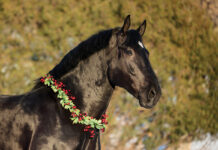

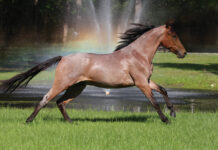
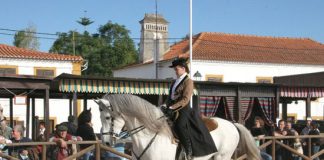

cool
I am always learning new things about horses on Horse Channels.
Awesome horse breed
c
Love them both.